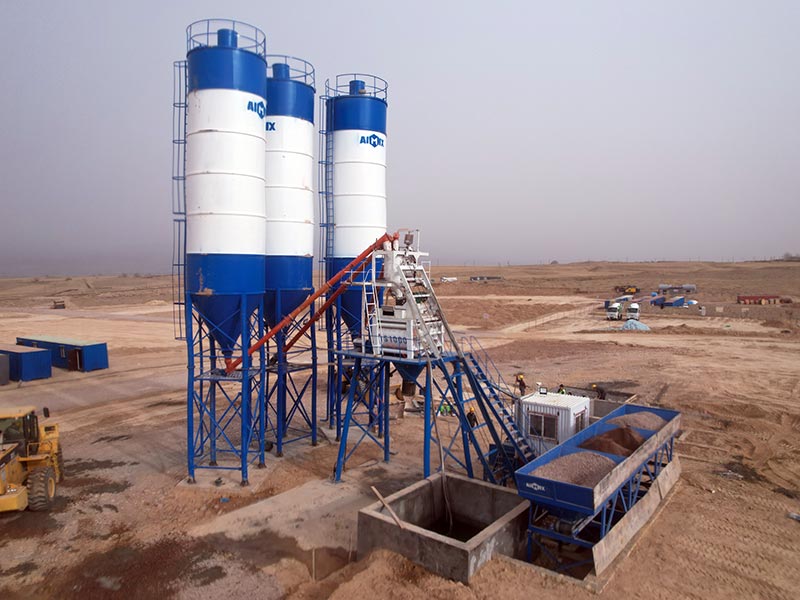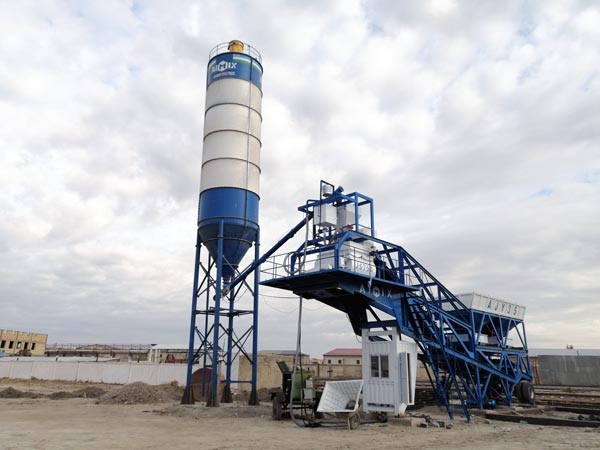It is no exaggeration to say that concrete is one of the most important materials in modern society. Without concrete much of the infrastructure of modern life would simply not exist – and neither would many of the buildings that make up the urban landscape. One can see concrete mixing plants in a variety of settings – including building sites. However, there are many different types of concrete plants that are used, these plants do have certain things in common, including the ingredients used to make the concrete. Typically these ingredients include sand, water, cement, fly ash, and aggregate (such as gravel and rocks). In several applications there are silica fume and slag).
There are numerous advantages to having a concrete plant on site. These include the fact that it saves on space on site that would otherwise be required for the storage of precast concrete products. There is also the fact that the use of a concrete plant ensures that the operator can control the quality of the concrete and does not have to pay for the procurement of concrete from third parties – which can add significantly to the costs of any construction project.

There are several types of concrete mixing plants(plantas concreteras) that are available – each producing concrete for specific uses – these include:
1. Dry Mix Concrete Plant
These concrete plants mix sand, gravel, and cement by weight which is then transferred to a mixing truck. Water is then added (by weight or by volume). The contents are then mixed via revolution (approximately 70-100 revolutions) on the way to the construction site.
2. Wet Mic Concrete Plant
The wet mix concrete plant(plantas de concreto en venta) uses the same ingredients as the above and adds water so all mixing takes place at a single point. This mixture is then transferred to the mixing truck where it is kept in motion on the way to the site. The alternative (for shorter distances) is to use an open dump truck for transportation. The wet mix concrete plant does offer certain advantages over the dry mix plant – chiefly the fact that the mixture is consistent – and can be produced in a very short period of time.

3. The Mobile Concrete Plant
These plants are incredibly versatile, with the major advantage being that they can be transported(planta concretera movil) to a site as and when needed. They are especially useful when the project or requirement is of short duration. They are especially useful in projects where the site area is limited.
4. Stationery Concrete Plants
These concrete plants are used where high-quality concrete is an absolute requirement. They boast high output and are extremely stable. They are typically used in projects such as roads, ports, bridges, buildings, and tunnels.
Concrete plants are designed to either produce Ready Mix or concrete for precast products.
There are a variety of designers and manufacturers that produce concrete plants. However, those companies wishing to invest in these plants need to ensure that the manufacturer has a reputation for producing reliable plants – and that they have both warranties that they will honor and the ability to supply service support. Web link: https://aimixgrupo.com.mx/